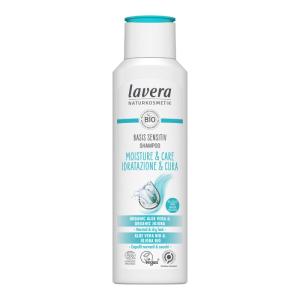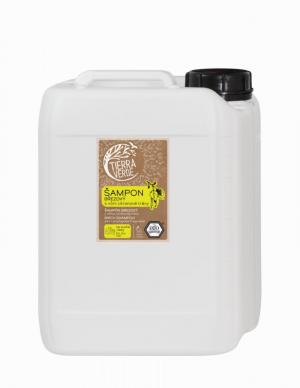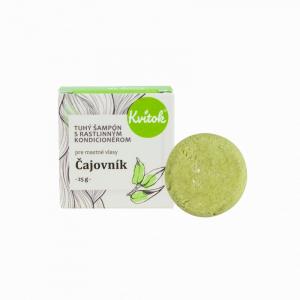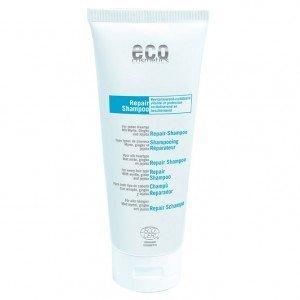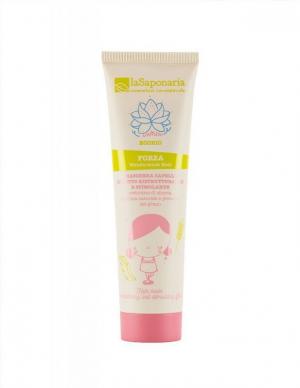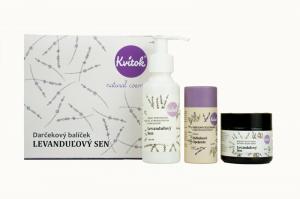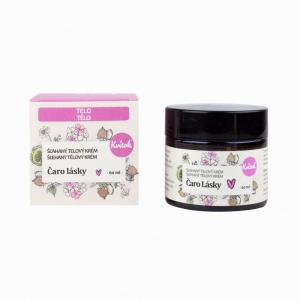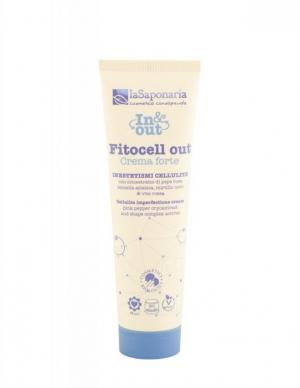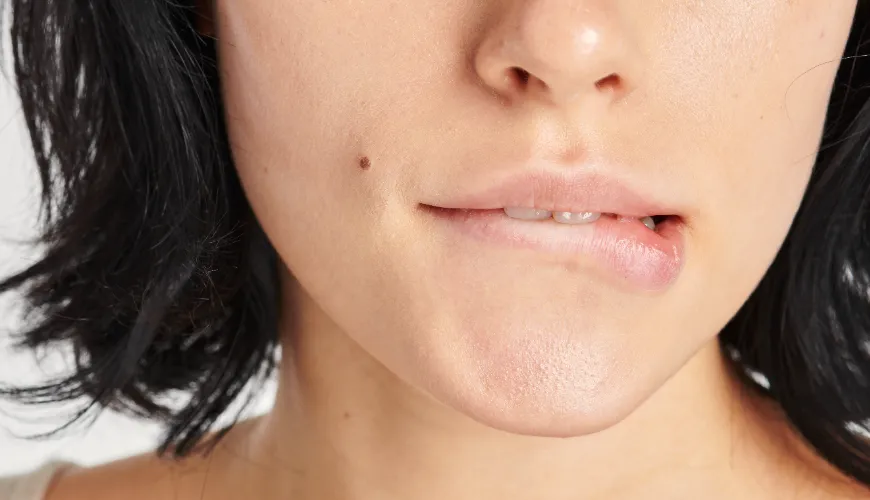
EDTA and Its Impact on Human Health and Ecosystems

EDTA - Hidden Threat or Harmless Ingredient?
Ethylenediaminetetraacetic acid, known by the abbreviation EDTA, is a substance that is found almost everywhere today. We encounter it in cosmetics, cleaning products, and even in some foods and medicines. EDTA primarily serves to bind metal ions, thereby stabilizing product composition and prolonging their shelf life. While this property is highly valued in industry, the question of EDTA's harmfulness to health and the environment is increasingly a subject of discussion. Is this chemical substance truly safe, or does it pose a hidden threat?
EDTA and Its Role in Everyday Products
EDTA is a synthetic compound frequently used in a wide range of consumer goods. We find it in hair care products, shampoos, facial creams, toothpastes, and even laundry detergents. Its main role is to prevent metals, which can enter the product from packaging or water, from causing undesirable changes, such as changes in color, scent, or product efficacy. It appears that EDTA has a positive effect on product quality – but what about its impact on us and our health?
Try our natural products
Health Risks Associated with EDTA
When discussing the health impacts of EDTA, it’s not a black-and-white issue. There are several levels at which this substance can affect the human organism. In the common concentrations we encounter, it is considered relatively safe. Products containing EDTA undergo regulations, and their composition must meet certain standards. However, this does not mean it is entirely without risk.
Frequent use of cosmetics or cleaning products containing EDTA can lead to skin, eye, or respiratory irritation, especially in individuals with more sensitive skin or allergies. Some studies also suggest that EDTA may disrupt immune system functions if a person is exposed to higher doses. From a long-term perspective, there is still insufficient scientific evidence on the potential impact of EDTA on human health, which raises some caution.
An interesting fact is that EDTA is also used in medicine – specifically in the treatment of heavy metal poisoning. The substance can bind harmful metals and remove them from the body. This might seem paradoxical at first glance, with EDTA being considered both harmful and healing. The key question here is: what exactly does EDTA absorb from our body during use, and does this property really have only positive effects?
Try our natural products
EDTA and Its Impact on the Environment
While the risks associated with EDTA use for human health are still ambiguous, the harmfulness of this substance to the environment is much clearer. EDTA is very difficult to break down in nature. After use, it enters wastewater and from there makes its way to rivers, lakes, and seas, where it binds metals and thus contributes to ecosystem contamination. This process causes long-term problems for aquatic organisms and can threaten entire food chains.
One of the main issues is that EDTA binds heavy metals, which are then transported through natural pathways, which can have devastating impacts on biodiversity. Imagine a situation where this substance penetrates water sources – EDTA carries dangerous metals that can be lethal to fish and other organisms. Over time, these metals accumulate, affecting other links in the food chain, including humans.
Another concerning aspect of EDTA's harmfulness lies in its ability to contaminate groundwater once it enters the soil. This danger extends not only to wildlife and plants but also to human drinking water sources. This issue is significant enough that some countries are discussing the possibility of stricter regulation or a complete ban on EDTA use in industry.
Try our natural products
Ecological Alternatives to EDTA
With the rising awareness of EDTA’s harmfulness, interest in seeking more ecological alternatives is also increasing. Today, there are products on the market that use natural ingredients to achieve the same preservative effects as EDTA, but without the negative impact on health and the environment. These alternatives often include plant extracts and other biodegradable substances that are gentler on our bodies and the planet.
However, it is not straightforward – products containing EDTA are still widespread, and consumers need to be very cautious when choosing them. It is important to carefully read product compositions and opt for those labeled as environmentally friendly. At the same time, there is growing demand for products certified as “organic” or “natural,” which often contain natural preservatives.
The discussion about EDTA's harmfulness shows that we should be cautious regarding the use of this substance in everyday life. Although it is not an immediate threat to health, its long-term impact and especially its effects on the environment should prompt us to reflect. In today’s era, when more people prefer an ecological lifestyle, it is crucial to choose products that are gentle not only to our health but also to the planet.
Whether you decide to make a radical change and avoid all products containing EDTA, or merely reduce its usage, you are making a step in the right direction. A mindful approach to chemical substances will not only improve the quality of your life but also contribute to the protection of our environment.
